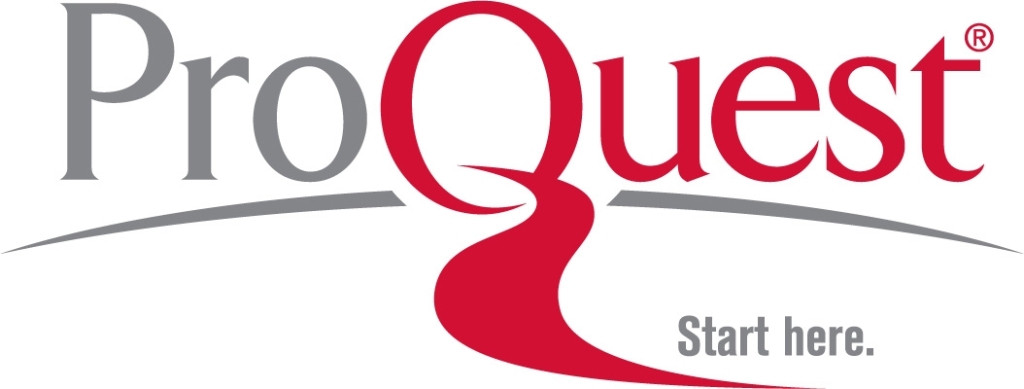ÖZ
Yaratıcı drama yönteminde bütün duyu organları etkin bir şekilde kullanıldığı için çocuğun dikkat, algılama, dinleme, konuşma, beden dilini kullanma gibi iletişim becerileri gelişir. Bu yöntem, çocuğa kendini, sorunlarını ve hayal dünyasını ifade edebilme fırsatı sunar. Birey çalışmalar sırasında edilgin değil, etkindir. Yaratıcı drama hem kişisel hem sosyal gelişimi sağlarken yaratıcılık ve farklı düşünebilme becerilerinin de ortaya çıkmasında yardımcı olmaktadır. Yaratıcı yazma da tıpkı yaratıcı drama gibi bireyin düşüncelerini özgürce ve üretken bir şekilde ortaya koymasını sağlar. Yazma sürecinde öğrenci bilgisini olduğu kadar becerisini de kullanmalıdır. Bu nedenle yazma becerisinin gelişmesi uzun süreli ve etkin uygulamalar gerektirmektedir. Öğrenciler tarafından genel olarak sıkıcı bir etkinlik olarak görülen yazmayı, bir takım etkinlik ve uygulamalarla ilginç hale getirmek mümkündür. Yaratıcı yazma süreci, yazma çalışmalarını öğrenci için ilgi çekici bir hale getirmektedir. Yaratıcı drama ve yaratıcı yazma etkinliklerinin bir arada kullanılması öğrencinin yazmaya yönelik motivasyonunu artırabilir. Bu araştırmanın amacı; yaratıcı drama yöntemi ve yaratıcı yazma çalışmalarının yaratıcı yazma başarısı üzerindeki etkisini belirlemektir. Çalışmada nitel ve nicel araştırma bir arada kullanılarak karma yöntem tercih edilmiştir. Karma yöntemlerden de gömülü (embedded) desene başvurulmuştur. Araştırmada nicel araştırma verileri ağırlıklı olarak ele alınmış, nitel veriler ise destekleyici olarak görülmüştür. Nicel boyutta gerçekleştirilen çalışmada ön-test, son-test kontrol gruplu deneme deseni kullanılmıştır. Çalışma, ilköğretim 4. sınıf öğrencileriyle 2013-2014 eğitim döneminde, Denizli merkez ilçede gerçekleştirilmiştir. Uygulamalar orta sosyo-ekonomik düzeydeki bir okulda 14 haftada 60 öğrenci (kız=33; erkek=27) ile yürütülmüştür. Sürecin sonunda yaratıcı yazma çalışmalarına ilişkin olarak öğrenci görüşleri tespit edilmiştir. Araştırma verilerinin elde edilmesinde Beydemir (2010) tarafından geliştirilen yaratıcı yazma ürünlerini değerlendirme ölçeği (YAYÜDÖ) ve araştırmacı tarafından geliştirilen yarı yapılandırılmış görüşme formu kullanılmıştır. Aynı zamanda ön test ve son test olarak yapılan yaratıcı yazma çalışmalarında öğrencilere sunulmak üzere açık uçlu soru da belirlenmiştir. Yaratıcı yazma başarısına ilişkin olarak, deney grubunun ön-test ve son-test puanları arasında anlamlı bir farklılık olduğu belirlenirken, kontrol grubunda böyle bir farklılık olmadığı tespit edilmiştir. Öğrencilerin görüşlerinin incelenmesi sonunda rahatlama, duygu ve düşünceleri ifade etme, ilginç bulma, yazmaya istek duyma vb. kodlarına ulaşılmıştır. Öğrencilerin büyük bir çoğunluğu yaptıkları yaratıcı drama çalışmalarından sonra gerçekleştirilen yaratıcı yazma çalışmaları sırasında eğlendiklerini, rahatladıklarını, kendilerini daha özgür hissettiklerini ve yazmaya yönelik olarak daha istekli olduklarını ifade etmiştir. Öğrenciler yapılan yaratıcı yazma çalışmalarına ilişkin olarak olumlu görüşler ortaya koymuştur. Araştırmada elde edilen nitel sonuçlar nicel sonuçları desteklemektedir.
ANAHTAR KELİMELER
Yaratıcı Drama, Yaratıcı Yazma, Karma Yöntem, Türkçe Öğretimi
DOI: http://dx.doi.org/10.15390/EB.2015.4552







